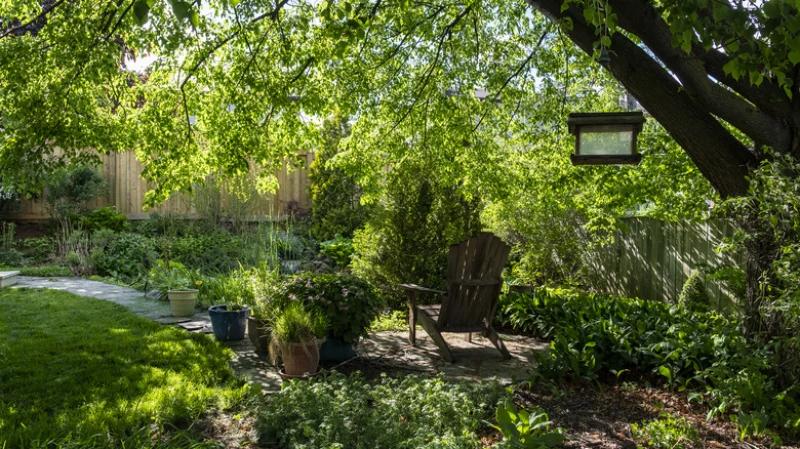Looking to grow strawberries but don't have a sunny spot? Consider cultivating wild strawberries instead. While they may be smaller than the domesticated variety, wild strawberries are packed with flavor and can thrive in partial or even deep shade. They are low maintenance and a great addition to your dessert or breakfast bowl.
Wild strawberries as groundcover or rock garden plants

The perfect spot in your garden is pretty much anywhere you want to put them, shady spots included, as long as the soil is rich, damp, and well-draining. They don't do well in drought-like conditions but equally dislike having perpetually wet feet. Meet these requirements, and they're some of the best berries to grow in containers and line pathways as they are to plant in the ground — think woodland-themed beds under a birch stand or crevices in a rock garden, retaining wall, or riverbed. Since wild strawberries only reach a maximum of 7 inches in height and self-seed (if you can manage to leave a few berries un-snacked), the plant makes an excellent groundcover or living mulch for under a stand of trees.
Wild strawberries are not only a beautiful addition to your garden but also a vital part of the ecosystem. These plants attract over 60 butterfly species and ground-nesting bees, making them perfect for an environmentally supportive garden. The red leaves in the fall add a touch of pumpkin spice season vibes to your outdoor space. Unlike commercial strawberries, wild strawberries are not attractive to deer, rabbits, or most insect pests, and they are resistant to disease. However, it's essential to be cautious and not take wild strawberries from natural habitats, as they play a crucial role in the food chain. Additionally, make sure to differentiate them from mock strawberries, which are invasive and have no flavor. By growing wild strawberries in your garden, you can contribute to biodiversity and enjoy their unique bell-like fruit.
Get Your Hands on Wild Strawberries for Your Garden
Looking to add some wild strawberries to your garden? There are a few ways to get started. Many wild strawberry varieties spread through rhizome or root division, which means they can be easily split up and replanted. If you know someone with a flourishing backyard patch, consider asking them if you can dig up some runners for your own garden. Alternatively, you can find alpine strawberry seeds and seedlings at specialty nurseries. For those planning ahead, you can pre-order Fragaria virginiana wild strawberry plants for spring 2025 planting. Rare Roots offers these plants for $13.95 for a 1-quart pot. The Shop at Thomas Jefferson's Monticello sells alpine strawberry plants (Fragaria vesca) for $10 each in a 2.5-inch pot. If you prefer starting from seeds, you can get a packet of 100 alpine strawberry seeds (Alexandria variety) for $5.55 from Johnny's Selected Seeds. Just a heads up for those in Hawaii, Fragraria vesca is considered invasive there.







